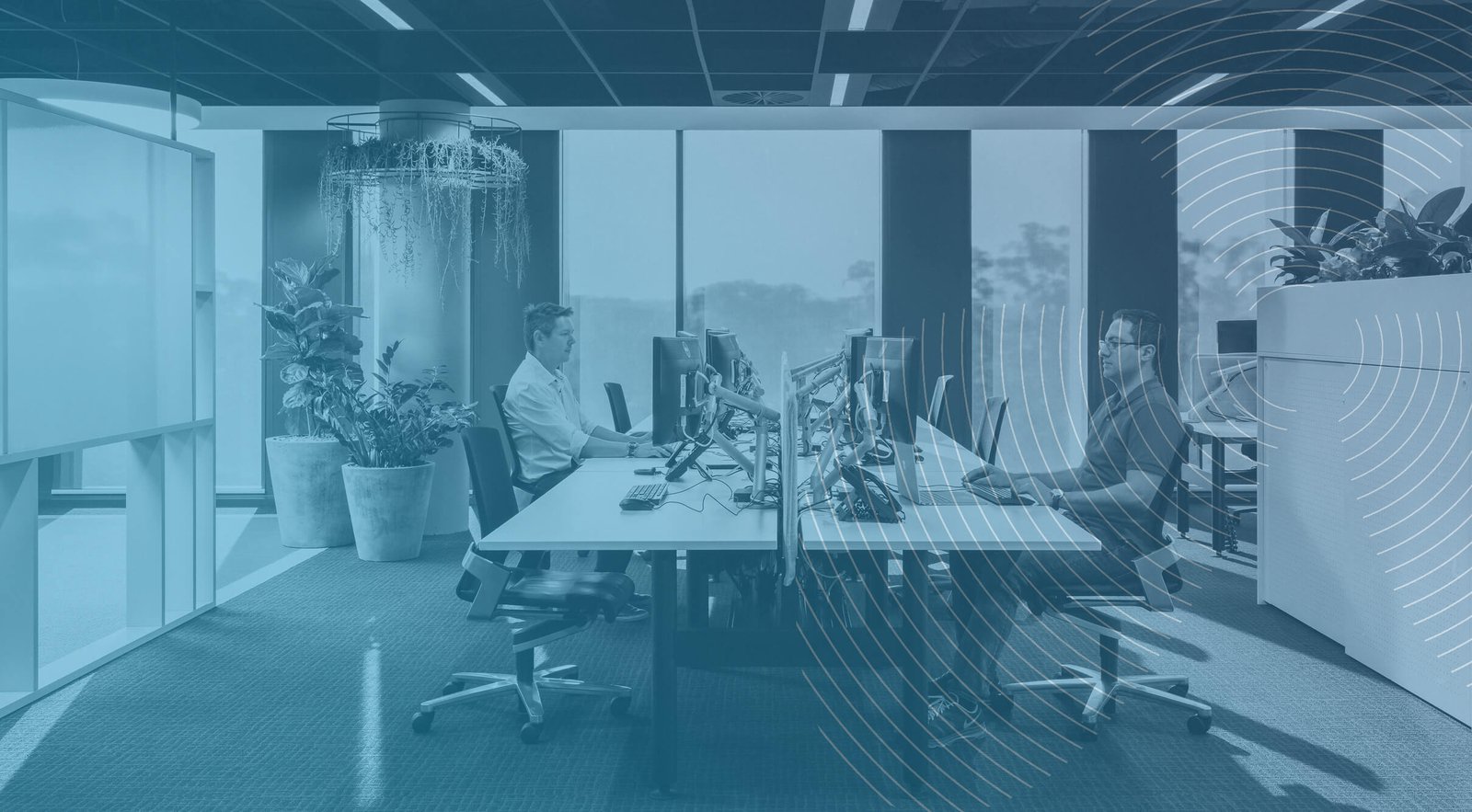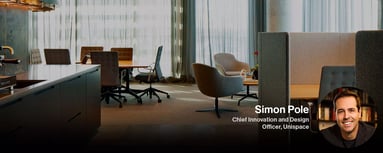
As we’ve been talking to our legal clients during the coronavirus period, we’ve seen them adapting their various real estate models to suit their changing needs. We’ve also seen a new model emerging.
In Threshold, our book about the 21 influences on the legal workplace, we look at the typical real estate models used by law firms around the world, depending on their profile, needs, and preferences. But as with everything else, Covid-19 has forced law firms to look at these models in a new light to suit new patterns of work and any new financial constraints. Here, we look at how commercial property availability is changing, the ‘urban shift’, how law firms are using space, and the new model we’ve identified.
Real estate availability for law firms
Current market conditions are causing a reshuffle among law firms: they’re moving up or down the sliding scale of building stock quality. They’re altering their space according to their needs, their abilities, and any prevailing opportunities.
It seems that most high-profile firms in premium A-grade spaces aren’t currently looking to budge or change their model, or even necessarily to shed space. However, we’re hearing from some of our clients that they’ll be handing back space, by exercising a lease option, or when their lease ends.
This shedding of premium space presents opportunities for occupiers. Next-tier firms could upgrade from B-grade or lower A-grade into that released premium space; not only is that space likely to be discounted, but their own downsizing may mean they can spend the same and get more for their money.
Meanwhile, landlords could upgrade that premium stock even further with the new amenities and technologies sought by the highest-tier firms wanting to attract the very best talent.
The 'urban shift'
The coronavirus pandemic has also accelerated a move away from the CBD. While we have all read articles about the tree-change options and sky-rocketing prices in rural towns, there is also a large question mark hanging over the strategy of creating ‘sticky’ offices filled with all the conveniences of home to keep you there longer. White-collar business once depended on the CBD for almost everything: office space; corporate and after-work entertainment and dining; the gym; meetings, conference and exhibition spaces. Now, factors such as mobile technology, a focus on outcomes rather than presenteeism, and the ability to choose a space according to the task, all mean that we’re revising where we need to be.
Now, firms who have the luxury of a complete real estate re-think are looking to the fringes for workshop centres, think tanks, co-meeting spaces, entertainment, training venues and town hall sessions. With the ubiquitous home working currently popular, the suburbs and the convenience of home can be great for fitness, mindfulness and deep focus work.
So how are existing law firm property models shifting?
In Threshold, we described in detail the 4 types of real estate models we saw in law firms. Now, we're seeing these shift because of Covid-19:
Centralised – everyone in a CBD tower
We're now seeing building owners adding in flex spaces, allowing the partnerships to minimise the amount of leased space without having to sign optional leases on adjacent floors 'just in case'. Alternatively, they could deal with expansion using a coworking solution or suites in the tower (offered by the landlord) that is back-filling the vacant space left by tenants exercising their lease breaks.
Split support – fee earners in the CBD, support in the suburbs
This typically happens when a centralised firm (above) grows: fee-earners occupy the support services staff space which allows those staff flex within a remote office typically in a low-cost location on the city fringe. Now, ‘remote’ also includes working from home on a regular basis
'Split client' – the client suite in the CBD, everything else in the suburbs
As a result of Covid-19, this model is now proving highly relevant. It works particularly well for those firms dealing with family or personal matters, and need to be where their clients are: in the suburbs. And also have a corporate area of the firm who are rightly positioned to meet with clients in the city. Now, however, rather than having a single satellite office on the fringes, a firm might have a couple of locations (for example, to the north and south of the CBD), allowing them to hire from previously untapped talent pools.
'Distributed localised' – suburban fringe locations to suit both clients and staff
For firms whose clients are in the suburbs, the convenience of a north/south/east/west approach is ideal for employees and clients alike. Often this is led by partners’ personal preferences (and where their houses are). This generally suits smaller firms, especially those in IP, industrial law or environmental law, where clients are not in the city or may be clustered around industrial hub cities.
A new real estate model for law firms
As Covid-19 has changed the way we all work, we’ve come across a very blended model we call ‘hub, flex, spoke and home’.
This model is ideal for those firms who want to maintain some quality space downtown (the CBD hub), but also the option to flex because of uncertainty about the future. Where some team members are moving further out, they have the opportunity to come into a spoke (satellite space) to work with clients or colleagues; it also helps those who struggle with working from home, so they get a place to do their focus work. After all, it’s estimated that around 20% of office workers can’t work effectively from home due to living conditions, internet access, carer requirement, shared households, etc; however, we have heard from many firms that home can be a good option for senior associates and partners as they have home study arrangements and less distractions in the house or apartment.
In summary:
- Hub – CBD/downtown main office, with a focus on clients and collaboration/networking
- Flex – Short-term coworking desks or suites, probably through negotiation with the landlord within the hub building or close by
- Spoke – Short-term, flexible office accommodation in suburban/fringe locations, suited to those living an hour or more from the hub. Ideally, this is adjacent to major travel corridors and transport links and can be part of a co-working solution.
- Home – Wherever possible, this is ideal for focus work but with the added bonus of no commute plus the creature comforts of home.
Next time
In the next article in this series, we’ll look at how Covid-19 has impacted the brands of firms and their client relationships.
In the meantime, why not learn more: request a complimentary copy of Threshold: 21 Influences on the Legal Workplace. Author Simon Pole, our Global Design Director, has a special interest and experience in the legal sector. He shares his in-depth thoughts about a wide range of issues and topics in the legal workplace, from AI to the battle of the generations via smart buildings and serendipity.



